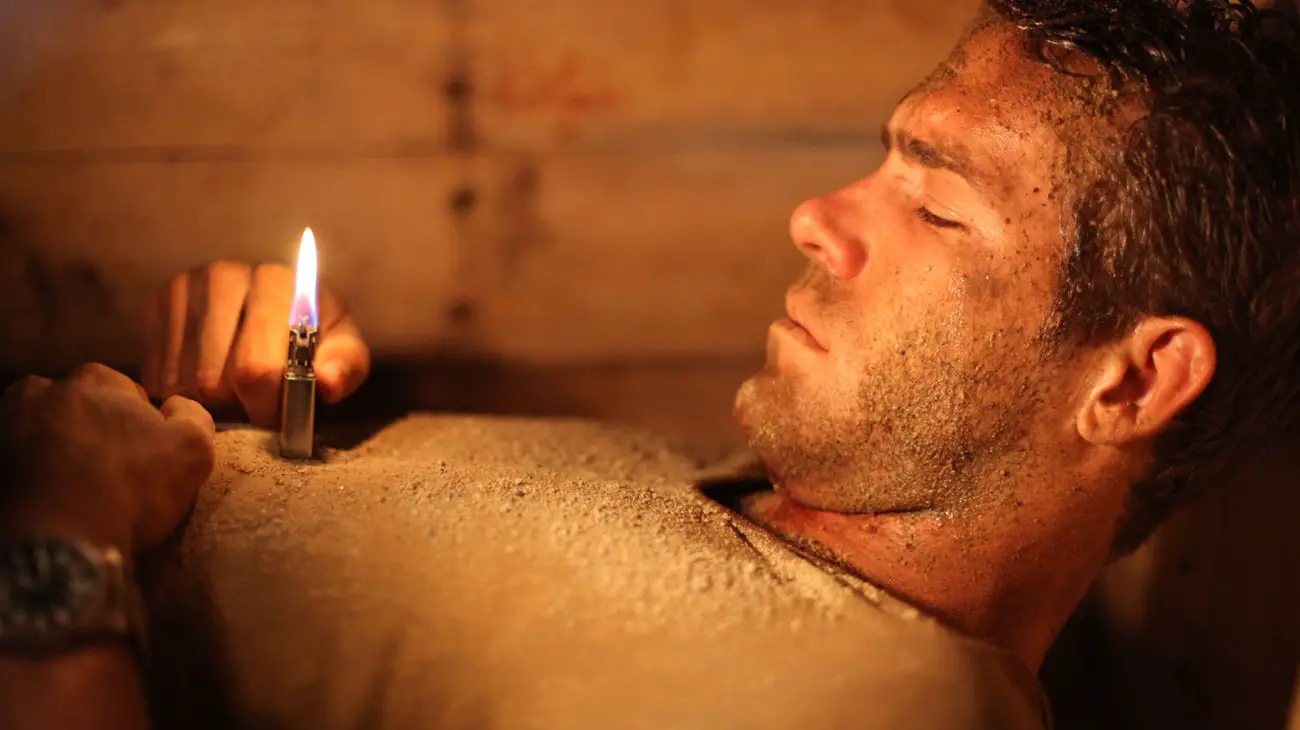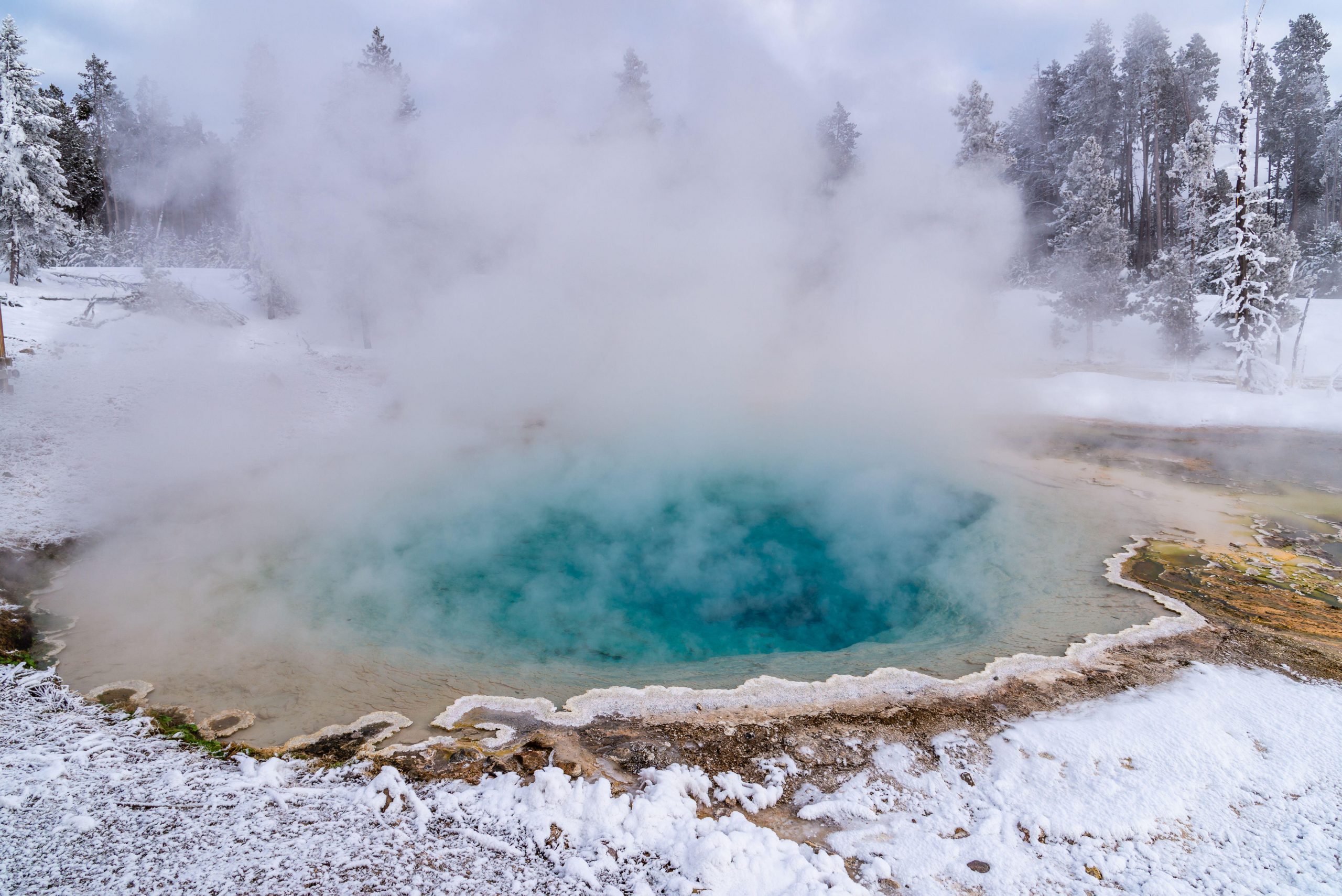Death is a fact of life and no matter what you do, you’ll die. In the best-case scenario, you’ll pass away in your sleep – however, there is the odd time when it can be utterly gruesome.
Throughout history, there have been stories of people dying in horrifying and torturous ways.
Now all of these ways to unfortunately kick the boot have been shared.
Related Article: Woman Who ‘Died And Came Back To Life’ Explains What Afterlife Is Like
Related Article: Student Dies 10 Hours After Eating Pasta That Had Been Left Out For Five Days
Buried Alive
Although it may sound like if you found yourself in this situation you could simply claw your way to freedom, that isn’t the case.
Scientists have disagreed on how long it would take for you to die if you were buried alive – with it ranging from 10 minutes to 36 hours.
However, what they can agree is that you’re almost definitely doomed.
Even if you somehow manage to get out of the coffin, you’d only have your bare hands to escape and eventually, you’d run out of oxygen.
Plus, while you’re digging yourself out, all the earth will be crushing you.

Radiation Sickness
I think it comes as no surprise that this has been listed as one of the worst ways to die.
Whether it’s quick or slow, if you’re the victim of a nuclear weapon or disaster, it’s expected to be a brutally painful process.
There’s actually a case from Japan where a man named Hisashi Ouchi was involved in an accident at a power plant.
Doctors attempted to save his life for weeks – even though the man begged them to stop.
His heart reportedly stopped three times but was restarted by his family who requested they keep trying to save him.
Ouchi eventually died of multiple organ failure after an agonising 83 days.
Decompression
Humans are not suited to conditions where it’s really high up in the air or really low down, like deep underwater. This is majorly down to pressure.
While we can explore the most remote places on Earth, if we find ourselves in trouble in these situations, it can spell doom.
When on a plane, decompression can result in oxygen deprivation or horrifying, people getting sucked out of an aircraft – depending on the damage caused.
Being deep underwater is equally as dangerous. If you rise out of the water too quickly, it can result in you suffering from decompression sickness, which is also known as ‘the bends’.

Pyroclastic Flow
A pyroclastic flow is a fast-moving cloud of gas and volcanic matter which spreads out following a volcanic eruption.
It travels so quickly that you can’t outrun it and it destroys everything in its path – while reaching temperatures of around 1,000°C.
This occurred in 79 AD when the Roman city of Pompeii was smothered. The bodies were preserved in whatever they were doing at the time of the tragedy.
Indoor Lightening Strike
It’s extremely unlikely you’ll die by lightning strike – with around one in 1,083,000 people being struck in the US within a given year.
However, it’s not impossible.
According to a case report by Popular Science – published in 2017 – a man was struck by lightning while indoors.
He was reportedly working next to a metallic pillar and between two metallic sawhorses when a bolt shot down the pillar and leapt through his foot.
It ended up travelling to his heart and shot out through his right thumb.
Study notes revealed ‘the corpse revealed an unusual rigidity, which could not be overcome by manual force, thus inexplicable by rigour mortis alone’.
Volcanic Hot Pot
Yep, once again volcanoes have made it into one of the worst ways to die.
Yellowstone National Park is sitting atop the world’s most famous supervolcano and while it may be dormant at the moment its geothermal system of geysers and hot springs are definitely in order.
The geothermal pools always have hot water which is bubbling away just below boiling. They’re either fairly alkaline or astonishingly acidic.
It is not a good idea to step too close to one as it can lead to a painful death if you fall in.
Norris Geyser Basin fell into one of the heated and acidic pools and it’s likely he experienced third-degree burns.
Deputy Chief Ranger Lorant Veress said of the man’s demise, as reported by Time: “In a very short order, there was a significant amount of dissolving.”

Boomslang
It may sound like a spell or potion ingredient from Harry Potter but it’s actually a venemous snake.
Although it’s not particularly aggressive, it might try and take a nibble of you if it’s feeling threatened.
If its rear fangs happened to penetrate your skin you’d be envonemed and the toxic substance would course through your body.
Herpetologist Karl P. Schmidt brought this specimen back to Chicago’s Natural History Museum in September of 1957.
During an examination, the snake bit his left thumb.
Before dying the following day, Schmidt documented the effects the venom was having and it doesn’t sound like it was pleasant.
He reportedly experienced nausea, a chill, severe shaking and a rapidly rising body temperature. He then began to bleed from his mouth and urinate blood during the night. He also violently threw up his dinner.
Eventually, Schmidt lost his ability to respond to external stimuli and he died of respiration paralysis that afternoon.
Do you have a story for us? If so, email us at [email protected]. All contact will be treated in confidence.





